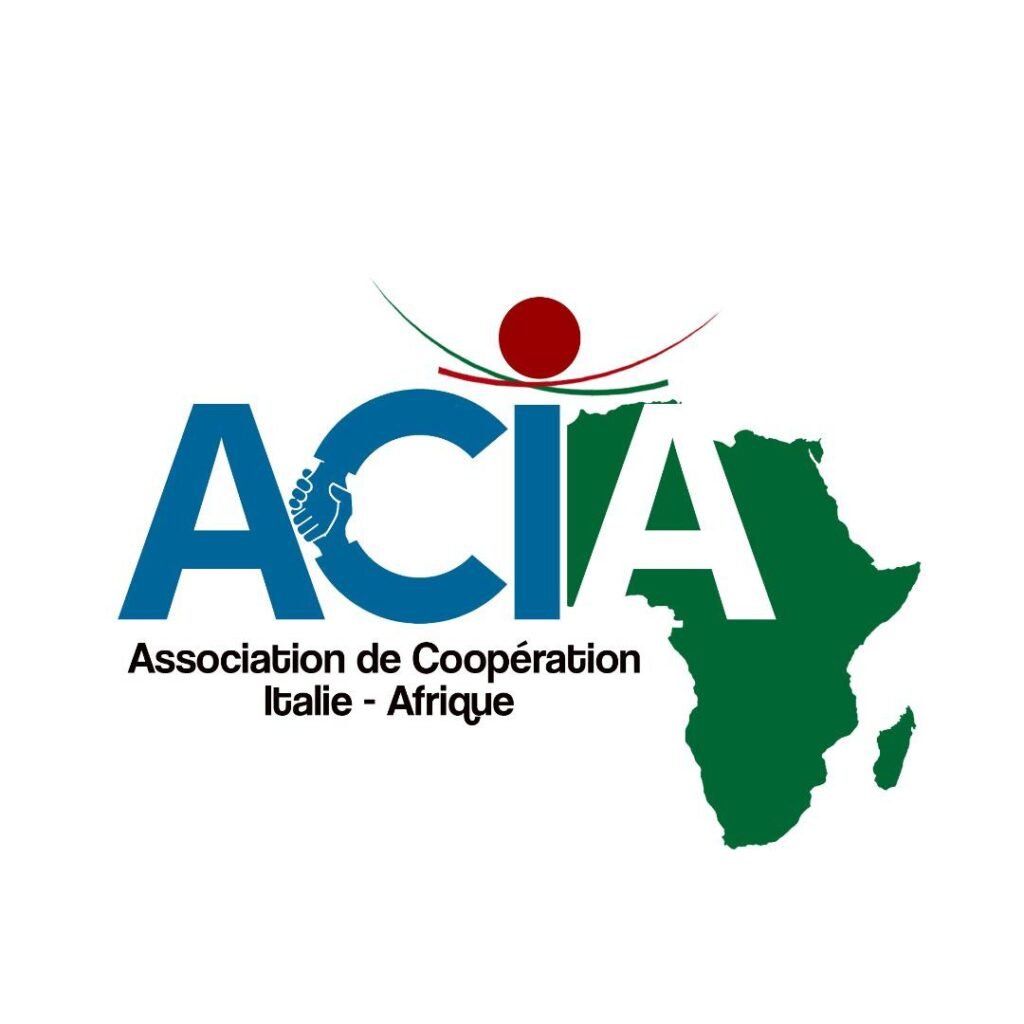fr. Fonds Monétaire International-IMF; engl. International Monetary Fund-IMF; sp. Fondo Monetario Internacional-FMI; ted. Internationaler Währungsfonds-IWF.
Multilateral financial organisation, with headquarters in Washington and a European headquarters in Paris, uniting 187 countries.
It grants credit and technical assistance but is neither an international bank nor a clearing house and does not involve or aim to create a monetary union among its members.
1. Origin and tasks.
The constitution of the IMF was decided at the Bretton Woods Conference (New Hampshire, USA, see Bretton Woods Agreements) held from 1 to 22 July 1944, together with that of the IBRD (the constitution of a third world trade organisation was discussed there, but could not be realised and was replaced in 1947 by the GATT).
The IMF was actually established with the signing of an agreement by 29 countries on 27.12.1945. Operations began on 1.3.1947. Italy joined the International Monetary Fund on 23.3.1947.
The IMF's mission is to promote international monetary cooperation, to facilitate the balanced expansion of international trade, to promote exchange rate stability, to assist the formation of a multilateral payments system, to make the Fund's resources temporarily available to member countries against adequate guarantees, and to reduce the degree of disequilibrium in the member countries' balances of payments.
From its inception to the present day, the IMF's mission and objectives have remained unchanged, but its mode of operation, which combines surveillance with financial, technical and educational assistance, has developed by adapting to the needs of member countries and following the evolution of the world economy.
2. Member countries.
183 states are members of the IMF (out of 189 UN members and 2 non-members, i.e. the Holy See and Switzerland; the latter is, however, a member of the IMF), which have subscribed quotas totalling SDR 212,414.9 million (the Fund's accounts are kept in this unit of account; the amount corresponds to approximately EUR 303.8 billion and USD 264.5 billion at average exchange rates in February 2002).
Quotas are set every five years based on a calculation that roughly takes into account each country's weight in the world economy.
The countries with the most weight, expressed in number of votes, are twenty:
- USA (17.16%),
- Japan (6.16%),
- Germany (6.02%),
- France (4.97%),
- UK (4.97%),
- Italy (3.27%),
- Saudi Arabia (3.24%),
- Canada (2.95%),
- China (2.95%),
- Russia (2.76%),
- The Netherlands (2.39%),
- Belgium (2.14%),
- India (1.93%),
- Switzerland (1.61%),
- Australia (1.51%),
- Spain (1.42%),
- Brazil (1.41%),
- Venezuela (1.24%),
- Mexico (1.20%),
- Sweden (1.12%).
These twenty countries centralised 70.42% of the votes. (al)
3. Evolution of the IMF.
In spite of the various projects that preceded it, including the one proposed by John Maynard Keynes who would have liked to make it an international central bank, with the possibility of issuing its own currency (see bancor), the IMF organisation actually followed more traditional lines, taking the form of a structure that grants credits to member countries using the currency provided by the members themselves.
At the time of each country's accession to the Fund, its participation share is established, to be paid for 25% in reserve financial assets designated by the Fund (which may be in SDRs or other reserve currency) and for 75% in national currency.
The Fund is thus the vehicle through which a country in a deficit position can draw on a pre-established source of credit. This granting of credit is automatic within the limits of the reserve quota, while it must be negotiated if the country wishes to draw up to a multiple of the total quota.
In this case, the open credit line is called a stand-by line and the conditions under which the credit is granted are set out in the letter of intent signed by the Minister of Economy of the beneficiary country.
The currencies provided will obviously be those of the countries in surplus position, in addition to those normally used as reserves. In any case, the Fund's intervention prevents bilateral relations between the country obtaining currency and the one providing it, multilateralism being the guiding principle.
The same criterion underlies the meaning of external, or non-resident, convertibility under the Fund's Statutes.
Promoting exchange rate stability is also an institutional objective of the Fund, which is of great importance in ensuring the expansion of international trade.
In this respect, each member country was originally obliged to adopt a fixed exchange rate regime, subject to limited variations above and below the declared monetary parity to the extent of 1%.
The existence of this institution facilitated the recovery of international trade and payments after World War II; it helped to avoid the practice of competitive devaluations, in the sense that changes in currency parities had to take place according to agreed rules. However, various difficulties were encountered by this body throughout its history in achieving its statutory goals.
At first, there was the failure to create an international means of payment, which was remedied by the international spread of the US dollar. However, the excessive creation of dollars led, in August 1971, to the crisis that led to the inconvertibility of that currency, to the collapse of some of the cornerstones on which the Fund was statutorily based (gold as the basis of the monetary system, fixed exchange rates, external convertibility for non-residents), and favoured the transition to the flexible exchange rate system. Not long before this first crisis experienced by the Fund, in July 1969, it was decided to create SDRs (Special Drawing Rights).
Subsequently, the role played by the Fund underwent a profound re-examination, especially with regard to the principles behind its new international structure. On 1.1.1978, important statutory changes were introduced that involved the elimination of gold as the basis of the international monetary system, the acceptance of the floating exchange rate system, the facilitation of the use of SDRs, and strengthened the Fund's powers to monitor exchange rate fluctuations, with the aim of mitigating erratic or manoeuvred fluctuations for trade policy purposes. (cs-sb, lr, ca)
4. Operations.
Main task of the IMF is to grant credit to countries with balance of payments problems and ensure that they can re-establish conditions for sustainable economic development.
The support of the IMF helps countries in difficulty to replenish international reserves, stabilise the currency and regulate imports without having to resort to trade restrictions and capital controls. Unlike the MDBs, the IMF does not finance specific projects.
Over the years, the IMF has developed various types of financing (facilities) configured to meet the different needs of member countries. Concessional lending is granted to low-income countries through the Poverty Reduction and Growth Facility (PRGF). Five facilities operate on market terms: Stand-By Arrangements (SBA), Extended Fund Facility (EFF), Supplemental Reserve Facility (SRF), Contingent Credit Lines (CCL), and Compensatory Financing Facility (CFF). These five facilities bear interest calculated at market rates and referred to as the rate of charge. This is based on the SDR interest rate calculated weekly by the Fund. Excessive borrowing from the Fund is discouraged by imposing a premium, called a surcharge, on large loans in addition to the rate of charge. The Fund also expects borrowing countries to repay in advance of the ceiling.
4.a) Poverty Reduction and Growth Facility (PRGF). It stems from the transformation and enhancement in 1999 of the Enhanced Structural Adjustment Facility (ESAF) with which the IMF assisted low-income countries for many years. The loans have maturities of up to 5.5 to 10 years, are repaid in six-monthly instalments and carry a rate of 0.5%. For lending to low-income countries, the Fund has set up the PRGF Trust for the granting of soft loans and the PRGF-HIPC Trust for participation in the HIPC debt initiative jointly with the IBRD. The PRGF Trust finances itself by borrowing from central banks and governments and employs donations from member countries for subsidised rates.
4.b) Stand-By Arrangements (SBA). It is the facility most frequently used by the Fund and is employed in the event of short-term balance of payments problems. It has a typical maturity of 12-18 months, a repayment rate of quarterly instalments and a maximum term of 5 years (but repayment is expected within 21/2-4 years).
4.c) Extended Fund Facility (EFF). It was established in 1974 to help countries with medium- to long-term balance of payments problems related to the structure of the economy. It has a duration of three years and must be repaid in 10 years, in semi-annual instalments.
4.d) Supplemental Reserve Facility (SRF). It was established in 1997 to meet very short-term but large financing needs experienced especially by emerging market economies. Repayment must take place quarterly and at most within 2-21/2 years
4.e) Contingent Credit Lines (CCL). It differs from the other facilities in that it aims to help member countries prevent crises. It was established in 1997 and is granted to countries that are implementing serious economic rehabilitation policies that may be threatened by contagion from crises in other countries. It is subject to the same conditions as the SRF, but carries a slight surcharge. The maximum duration is 2-21/2 years and repayment is in six-monthly instalments.
4.f) Compensatory Financing Facility (CFF). It was established in the 1960s to assist countries affected by sudden reductions in import revenues or increases in the cost of food imports caused by global fluctuations in commodity prices. The conditions are the same as for the SBA but without surcharges.
4.g) Emergency assistance. The Fund provides emergency assistance to countries that have suffered natural disasters or are emerging from conflict. Emergency loans are subject to the base rate and must be repaid within five years.
5. Special Drawing Rights:
for this topic see DSP.
6. Organisation.
The Fund is governed by a Board of Governors consisting of a Governor and an alternate appointed by each member country.
The Board meets annually to coincide with the meeting of the IBRD Board.
A special committee, the International Monetary and Financial Committee (IMFC), has advisory and propositional duties towards the Bard and meets twice a year The day-to-day management of affairs is devolved with all powers delegated by the Board of Governors to an Executive Board chaired by a Managing Director.
The Executive Board consists of 19 elected members and five members appointed by the five countries with the largest shares in the Fund. Each Executive Director appoints an alternate to replace him/her in his/her absence.






